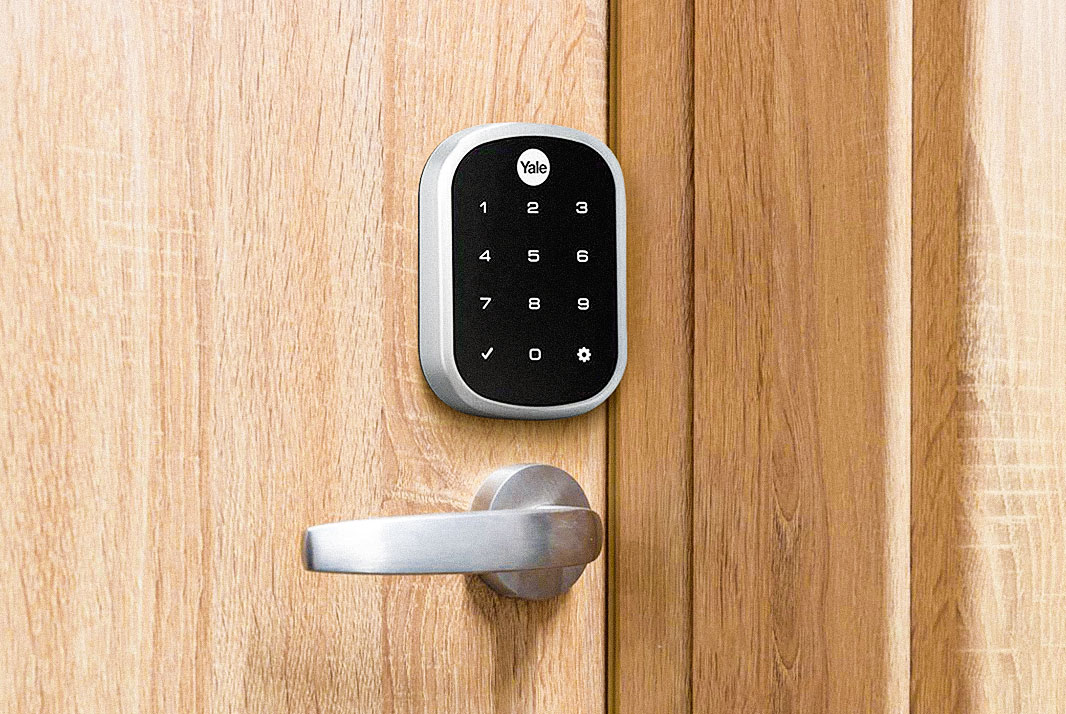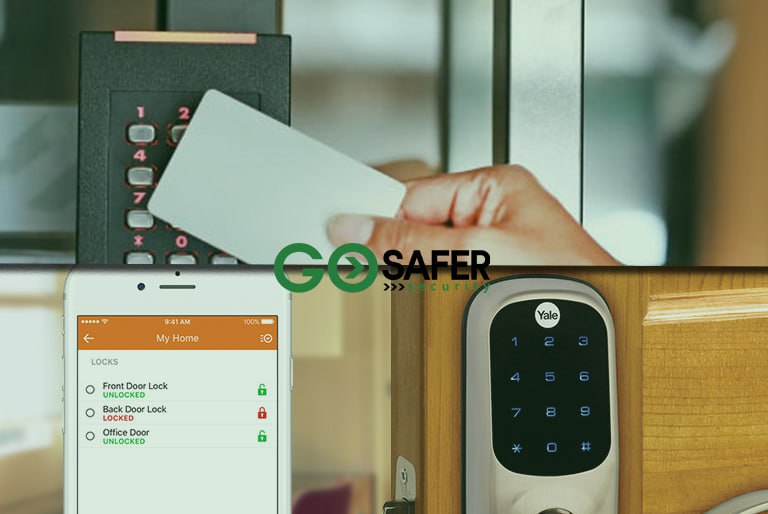Ever thought about ditching your traditional keys for a smart lock? These innovative devices promise a blend of convenience and high-tech security, but you might wonder just how secure they are. Let’s dive into the world of smart locks and explore their security features, benefits, and potential risks.
Table of Contents
ToggleWhat Are Smart Locks?
Smart locks are advanced locking devices that allow you to lock and unlock your door using various methods such as a smartphone app, keypad, fingerprint, or even voice commands. Unlike traditional locks, smart locks are connected to your home’s Wi-Fi or Bluetooth, enabling remote access and control.
How They Work
Smart locks use electronic mechanisms to engage and disengage the locking bolt. Depending on the type, they may require you to enter a code, scan your fingerprint, or simply be within Bluetooth range to operate. They can also send notifications to your phone, alerting you to any activity.
Types of Smart Locks
Keypad Smart Locks
These locks require you to enter a numeric code to unlock the door. They are simple to use and don’t require a smartphone.
Fingerprint Smart Locks
Fingerprint smart locks use biometric technology to recognize your fingerprint, providing quick and secure access.
Bluetooth-Enabled Smart Locks
These locks connect to your phone via Bluetooth, unlocking the door automatically when you are within a certain range.
Wi-Fi-Enabled Smart Locks
Wi-Fi-enabled smart locks offer the most features, including remote access, real-time notifications, and integration with other smart home devices.
Benefits of Smart Locks
Convenience and Ease of Use
With smart locks, you can say goodbye to fumbling for keys. You can unlock your door with a simple tap on your smartphone or by entering a code.
Remote Access and Control
Whether you’re at work or on vacation, you can lock or unlock your door from anywhere. This is particularly useful for letting in guests or service personnel.
Integration with Smart Home Systems
Smart locks can be integrated with other smart devices in your home, creating a seamless and automated home security system.
Potential Security Risks
Hacking and Cyber Threats
Like any connected device, smart locks can be vulnerable to hacking. If not properly secured, a hacker could potentially gain access to your home.
Physical Tampering
Smart locks are also susceptible to physical tampering. However, most models are built to withstand attempts at breaking or picking.
Power and Connectivity Issues
Smart locks rely on batteries and a stable internet connection. If the batteries die or the Wi-Fi goes down, you might face difficulties in accessing your home.
How Secure Are Smart Locks?
Encryption and Security Protocols
Most smart locks use advanced encryption and security protocols to protect your data. This includes secure communication channels between the lock and your smartphone or Wi-Fi network.
Comparing with Traditional Locks
While no lock is entirely foolproof, smart locks often offer additional security features that traditional locks do not, such as real-time alerts and the ability to change access codes remotely.
User Authentication Methods
Smart locks employ various user authentication methods, including PIN codes, biometrics, and smartphone recognition, adding layers of security.
Choosing a Secure Smart Lock
Factors to Consider
When selecting a smart lock, consider factors such as the type of authentication, ease of installation, battery life, and compatibility with your smart home system.
Top Brands and Models
- Kwikset Home Connect 620 Deadbolt: A reliable smart lock offering keyless entry and seamless integration with home automation systems for enhanced security and convenience.
- August Smart Lock Pro: Known for its robust features and compatibility with various smart home systems.
- Yale Assure Lock SL: A sleek design with multiple access methods and strong encryption.
Setting Up Your Smart Lock
Installation Process
Most smart locks are designed for DIY installation. You’ll typically need basic tools like a screwdriver, and the process involves removing your existing deadbolt and replacing it with the smart lock.
Initial Setup and Configuration
Once installed, you’ll need to download the lock’s app, create an account, and follow the on-screen instructions to connect the lock to your Wi-Fi and set up user access.
Integrating with Other Smart Devices
Smart Home Compatibility
Check if your smart lock is compatible with other devices like smart lights, security cameras, and voice assistants. This integration can enhance your home’s security and automation.
Creating Automated Routines
You can set up routines such as locking the door automatically at night or turning on lights when the door is unlocked, adding convenience and security.
Enhancing Security with Smart Locks
Two-Factor Authentication
Enable two-factor authentication (2FA) for an added layer of security. This requires a second form of verification in addition to your password.
Regular Firmware Updates
Keep your smart lock’s firmware updated to protect against the latest security vulnerabilities and to enjoy new features.
Creating Strong Access Codes
If your smart lock uses PIN codes, ensure they are unique and not easily guessable. Avoid using simple combinations like “1234” or your birthdate.
Common Issues and Troubleshooting
Connectivity Problems
Ensure your Wi-Fi signal is strong near the lock. If you experience frequent disconnections, consider a Wi-Fi extender.
Battery Life Concerns
Smart locks typically alert you when batteries are low. Keep spare batteries on hand and replace them promptly to avoid being locked out.
Software Glitches
If your smart lock is acting up, try restarting the device or reinstalling the app. If problems persist, consult the manufacturer’s support.
User Reviews and Testimonials
Real-Life Experiences
Reading user reviews can provide insights into the reliability and performance of different smart locks. Look for feedback on ease of installation, security features, and customer support.
Tips from Other Users
Users often share practical tips, such as the best place to install your smart lock for optimal Wi-Fi connectivity or how to set up access codes for multiple users.
Maintaining Your Smart Lock
Regular Cleaning and Maintenance
Keep your smart lock clean and free of debris to ensure it functions smoothly. Regularly check for signs of wear and tear.
Checking for Firmware Updates
Periodically check the app for firmware updates and install them to keep your lock secure and up to date with the latest features.
Privacy Considerations
Data Privacy and Protection
Understand how your smart lock manufacturer handles your data. Ensure they use encryption to protect your personal information and activity logs.
Manufacturer’s Privacy Policies
Review the privacy policy to know what data is collected and how it is used. Choose manufacturers with a strong commitment to data privacy.
Future of Smart Locks
Emerging Technologies
The future of smart locks includes advancements in biometric technology, AI-driven security features, and greater integration with other smart devices.
Trends and Innovations
Expect to see more locks with voice recognition, advanced AI threat detection, and even more seamless integration with smart home ecosystems.
Conclusion
Smart locks offer a blend of convenience, security, and innovation, making them an excellent addition to your home security system. While they come with certain risks, proper setup, regular updates, and mindful usage can significantly enhance their security. By choosing the right model and following best practices, you can enjoy peace of mind and the modern conveniences of a smart lock.







